-
- Benchtop Centrifuges
- Floor-Standing Centrifuges
- Refrigerated Centrifuges
- Microcentrifuges
- Multipurpose Centrifuges
- High-Speed Centrifuges
- Ultracentrifuges
- Concentrator
- High-Speed and Ultracentrifugation Consumables
- Centrifuge Tubes
- Centrifuge Plates
- Device Management Software
- Sample and Information Management
Centrifugation Ergonomics - Eppendorf PhysioCare Concept®
Read more
Read less

Another common step in most lab workflows: Centrifugation
The centrifuges used in today’s labs range from small microcentrifuges to larger benchtop multipurpose devices and floor-standing instruments. Due to their weight, centrifuges are rarely lifted and moved to other locations. This means the ergonomic design of a centrifuge focuses more on handling the instrument in routine daily work.Read more
Read less
Read more
Read less
Read more
Read less
Circling the sample vessels over the rim of the centrifuge?
Benchtop centrifuges are big – sometimes, the rotor or bucket installation poses a challenge due to the high loading level.
A low loading level of a centrifuge enables an easy loading with rotors, buckets, and/ or sample vessels. The bigger and heavier the rotors and vessels, the more important the low loading level.
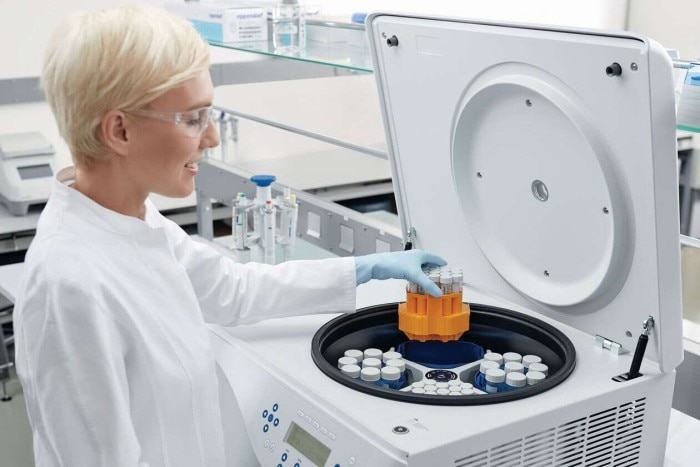
Standing on tiptoe when closing the centrifuge lid?
Some multipurpose centrifuges are really big – and some users just aren‘t that tall. When these two factors come together, grasping and closing the centrifuge lid turns into an athletic feat.
The opened centrifuge lid should be within reaching distance for an average-sized person.

Closing force for centrifuge lid
Leaning on the lid to close centrifuge?
Many people have gotten used to applying a lot of force to get their centrifuges to close. But this puts a lot of stress on their backs and wrists.
Especially for multipurpose centrifuges, the closing mechanism of the centrifuge lid should require very little force. It should only take a slight push with your fingers to get the lid to start closing.

Getting annoyed by the roaring centrifuge?
Many centrifuges, particularly older ones but not limited to them, create a lot of noise during spinning. As many scientists save time by skipping the usage of the rotor lid, the noise is even higher.
Silence is golden – especially when working next to the centrifuge. Check the noise level before deciding for a specific instrument.
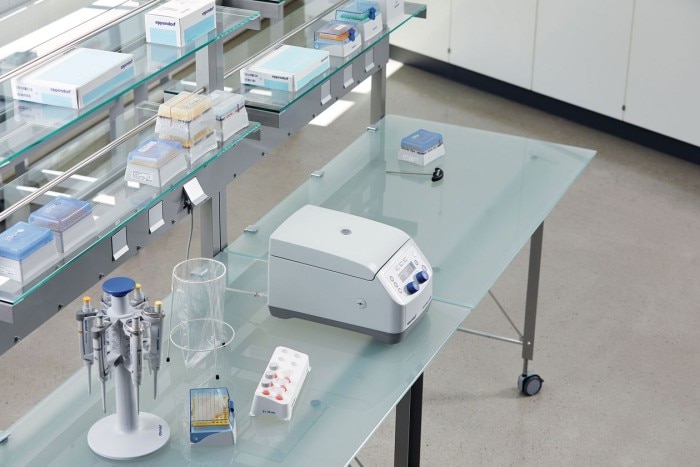
Still turning the rotor lid?
Traditionally, the threaded rotor lids needed five or even more completed turns to fix the rotor lid in a proper manner.
And you have to do this not just once for each daily spinning, but twice: After all, you have to both close and open the rotor.
QuickLock rotor lids close with only a quarter of a turn. Besides saving time, you reduce the repetitive stress on your wrist.
Just a quarter turn and you’re done.
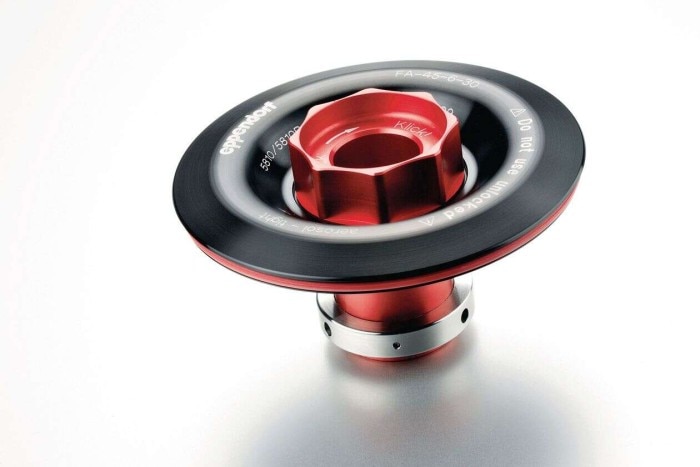
Pumping iron?
Larger fixed-angle rotors are quite heavy. The change of rotors is more like spending an afternoon in the gym than an afternoon working in a lab.
New generation rotors of this kind have a hollow inner structure. This special structure results in a lower weight and makes them easier to handle when you have to change them.
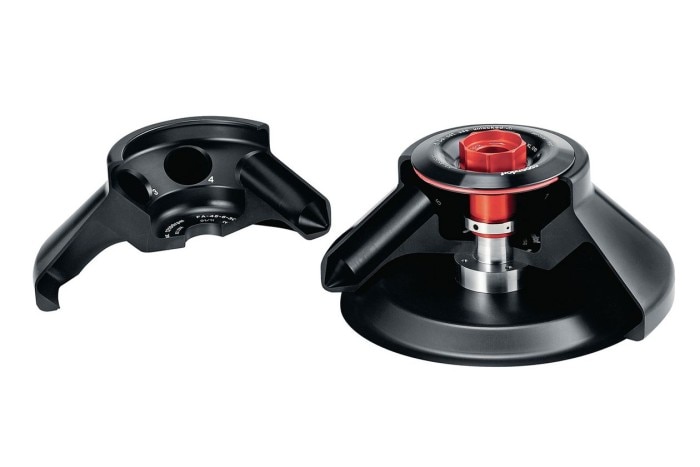
Fiddling with aerosol-tight cap?
Biosafety is set. Many applications require a double safety line – a stable vessel lid and an aerosol-tight rotor cap or lid.
Aerosol-tight rotor buckets should only require limited force and skill to close the related aerosol-tight lids.
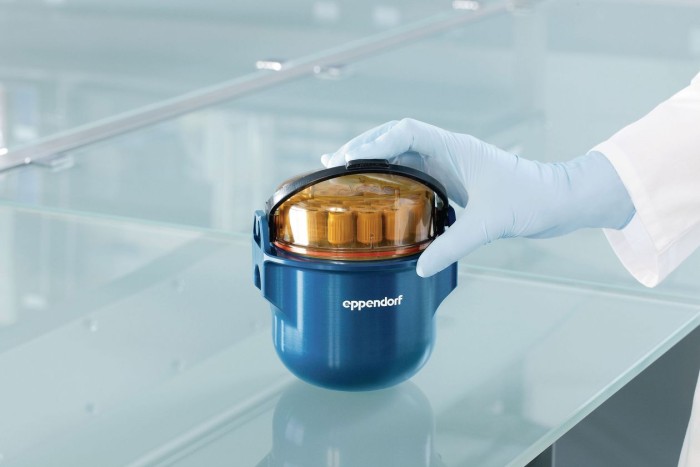
This gray, that gray, or the other gray adapter?
Centrifuge adapters need to perfectly fit to the vessels. A small delta between vessel diameter and adapter bore hole diameter or a different bottom style of the vessel compared to the adapter bottom can result in a broken vessel and a lost sample.
Differently colored rotor adapters make the correct selection easier.
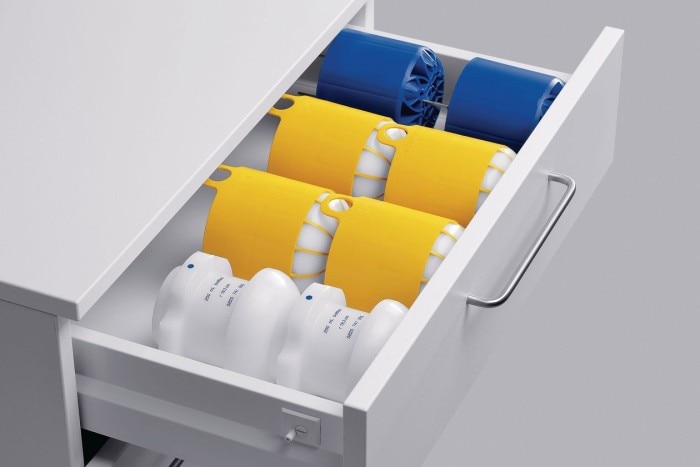
Who knows how to…?
Standard labs use a broad range of different instruments. Every instrument has a different kind of interface. Interaction needs to be learned.
Standardized user interfaces make handling of different devices as easy as possible. You know one, you know all.
Equipment touchscreens should provide an intuitive arrangement of all information.
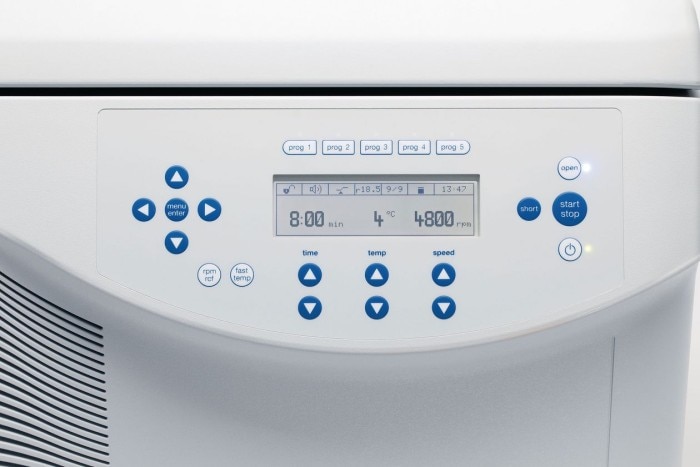
How do I get them out, now?
Power failures, caused by the power plant, the main power line, or your local fuses in the lab, result in shut-down instruments and locked centrifuges. Especially when spinning temperature-critical samples of high value, the centrifuge lid needs to be opened as quickly as possible to avoid sample damage. Most centrifuges have emergency opening functions. When hidden at the back you need at least two strong colleagues to turn the centrifuge by 90° to gain access to the mechanism.
The emergency opening function should be easy to reach: at the front area or the front side area of the centrifuge. Pull a cord or use the rotor key to open the lid and save your samples.
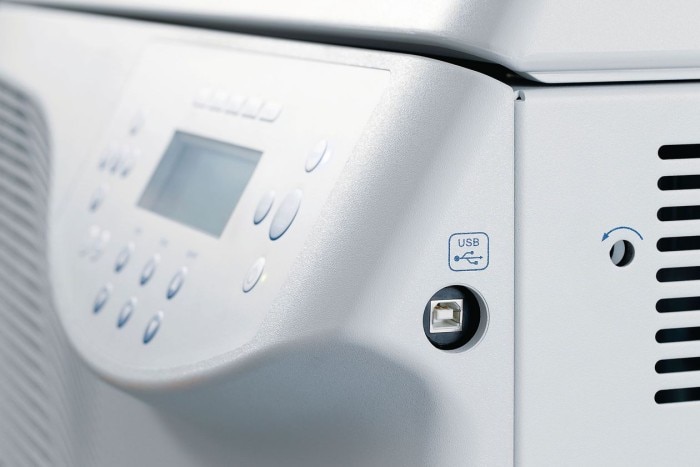
Read more
Read less
Read more
Read less
